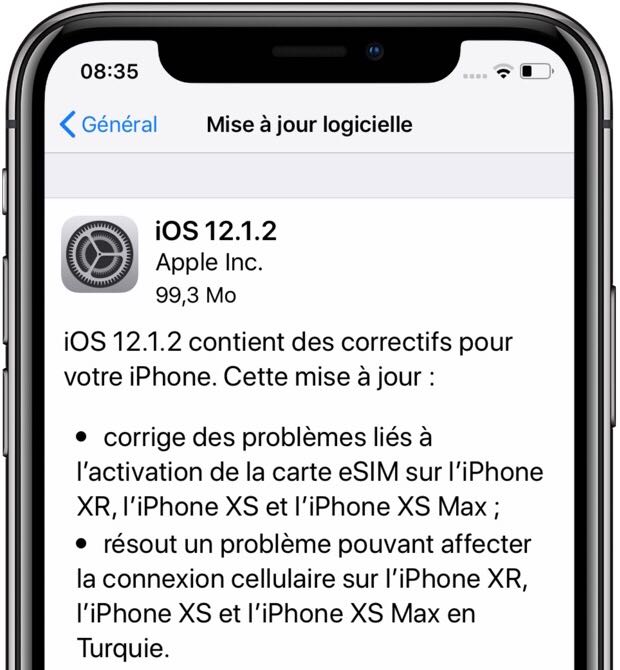During its last keynote, Apple presented two new computers:the MacBook Air M2 and the MacBook Pro M2. As their names indicate, these two devices are powered by the M2 chip, designed by the Apple brand. It succeeds the M1, which arrived on the same models a little earlier and was 40% less efficient according to the manufacturer's information.
But then, in real conditions, what does that look like? This is the question the magazine asked itselfMacworld, who compared the new component with its predecessor but also withthe M1 Pro, the M1 Max and the M1 Ultrawhich are faster variations. The figures we obtained also mention iPhone processors, which are more compact but some of which still run iPads.
Results to better classify them
Unsurprisingly, a benchmark carried out with the appGeekbench 5shows that the M2 chip performs better than the M1 chip best supplied with multi-cores with 8,908 against 7,708 points. The seven-core GPU version of the M1 is just behind, with 7,454 points, while the one that powers the most recent iPad Pro gets a score of 7,285. Then it's the iPhone processors that bring up the rear.
At the top of the podium isthe M1 Ultra and its sixty-four-core GPU that winswith 23,369 points, tied with the M1 Ultra which “satisfies” with forty-eight cores for graphics. Next come the scores of the M1 Max and M1 Pro. Statistics which, in short, confirm the positioning of each chip in the Apple silicon rangewho is getting ready to welcome newbies.
Which chip for which use?
If you're looking for a portable Mac that's powerful in all circumstances, these areTHE14- and 16-inch MacBook Prothat you need. They are in fact the only ones offering the M1 Pro and M1 Max chips. The M1 Ultra, for its part, is only offered in Mac Studio for now. However, it is a central unit, to which you will need to connect a screen.
If you are more into office work, photo editing or streaming, the choice of M1 or M2 on MacBook Air should be suitable.






